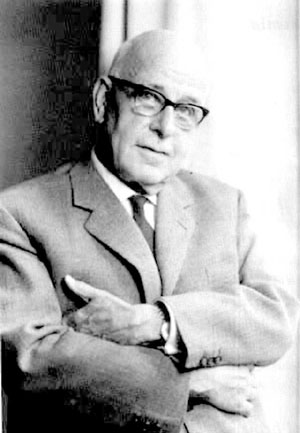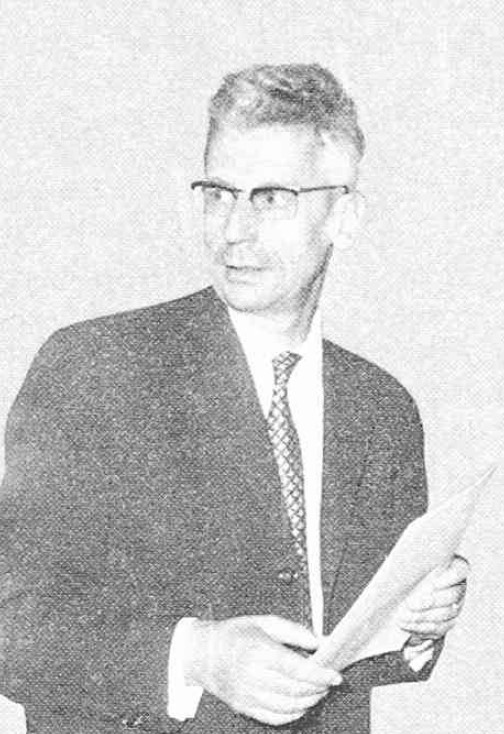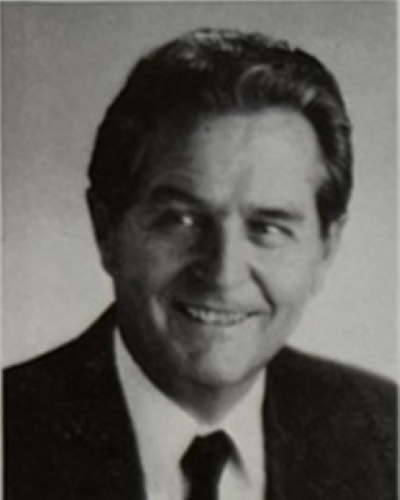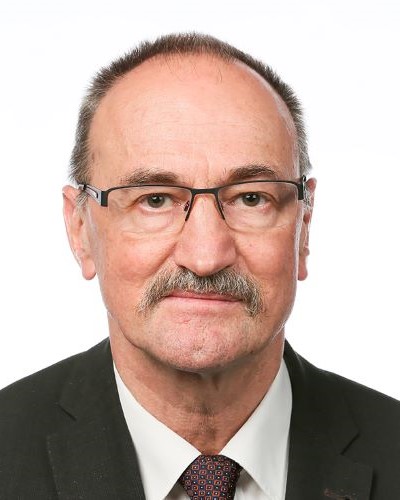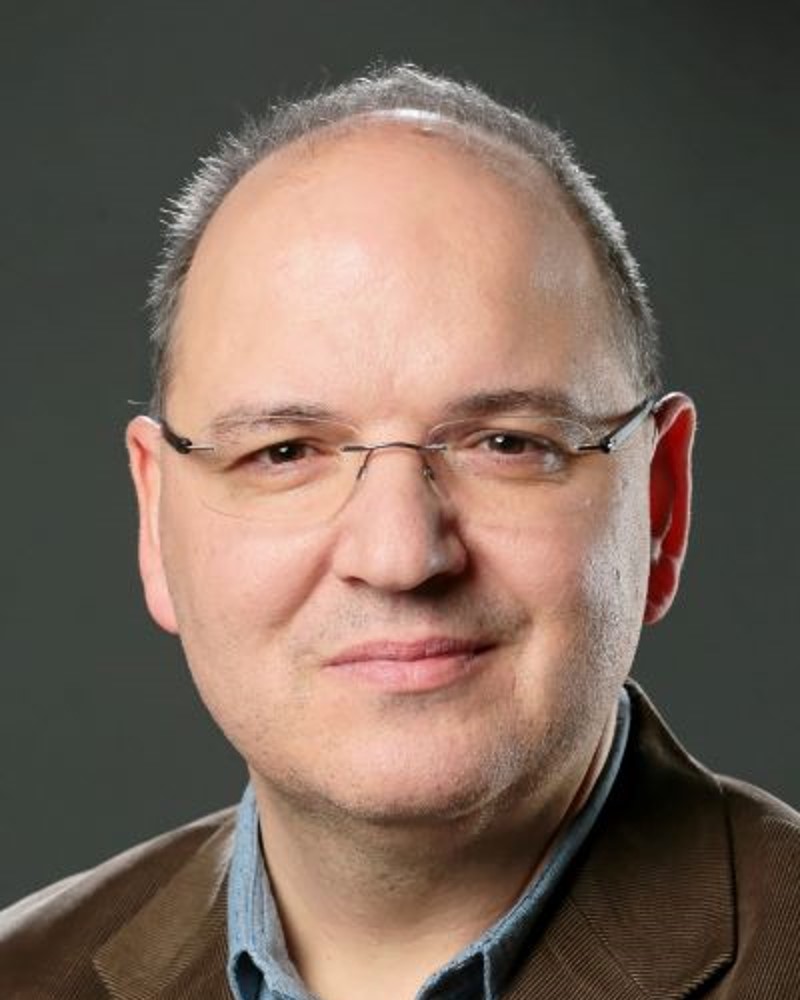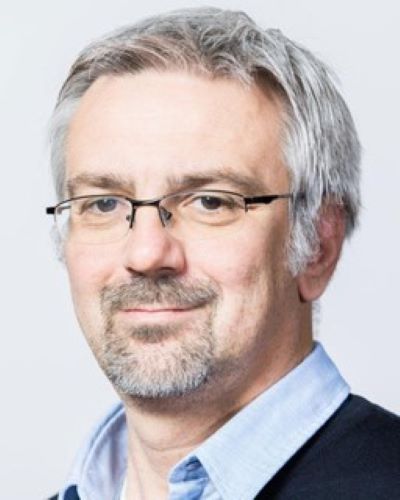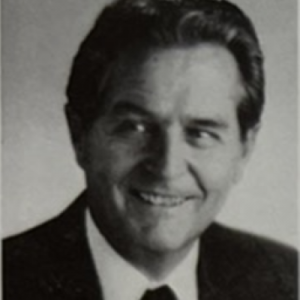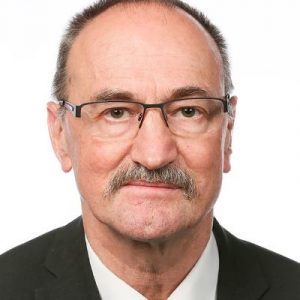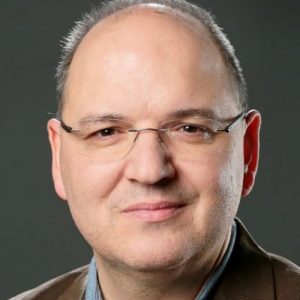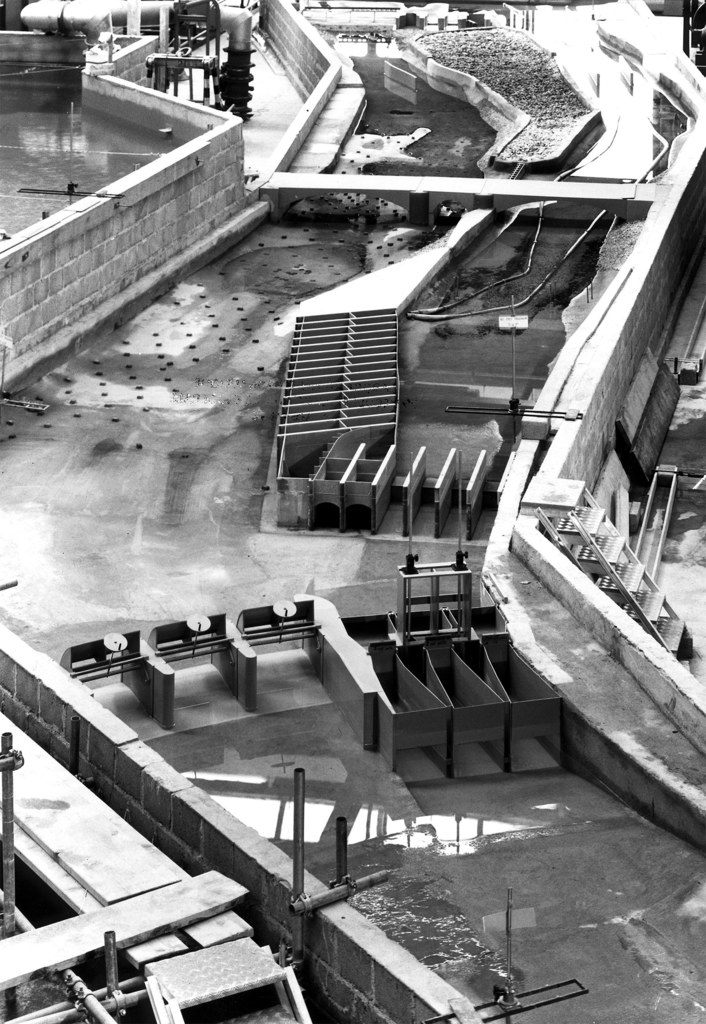
The Hydraulic Construction Platform (PL-LCH) is the result of a long tradition of hydraulic research. In 1926, Alfred Stucky was appointed Professor of Hydraulic Engineering, Waterfall Construction, Hydraulic Calculation and Foundations at the Engineering School of the University of Lausanne. In 1928, he founded the Hydraulic Testing Laboratory (LEH). In 1946, the school became the Ecole Polytechnique de l’Université de Lausanne (EPUL). In 1947, Daniel Bonnard was appointed Professor of Hydraulic Calculations, Geotechnics, Inland Navigation and Water Supply, and became Deputy Director of the laboratory. He was appointed Laboratory Director in 1958. In 1968, the Ecole Polytechnique de l’Université de Lausanne (EPUL) became the Ecole Polytechnique Fédérale de Lausanne (EPFL). In 1973, Walter Graf was appointed Professor of Hydraulics and Director of the laboratory, renamed Hydraulic Laboratory of the Ecole Polytechnique Fédérale de Lausanne (LHYDREP). In 1982, Richard Sinniger was appointed Professor and Director of the Chair of Hydraulic Engineering. The laboratory became the Laboratory of Hydraulic Constructions (LCH), and was later part of the Institute of Hydraulics and Energy, founded in 1988, together with the Hydraulic Research Laboratory (under the direction of Prof. Graf) and the Energy Systems Laboratory (under the direction of Prof. Sarlos). In 1997, Anton Schleiss was appointed Professor and took over as Head of the Hydraulic Constructions Laboratory. In 2018, the laboratory became the Hydraulic Constructions Platform (PL-LCH) under the direction of Giovanni De Cesare as Operational Director. He was then joined in 2022 by Paolo Perona as Academic Director who was also promoted Adjunct Professor in 2023.
- Alfred Stucky (1928-1958)
- Daniel Bonnard (1958-1972)
- Walter H. Graf (1973-2001)
- Richard-O. Sinniger (1982-1997)
- Anton J. Schleiss (1997-2018)
- Giovanni De Cesare (2018-present)
- Paolo Perona (2022-present)
Alfred Stucky (1928-1958)
Prof. Dr. Alfred Stucky graduated from the Swiss Federal Institute of Technology of Zurich (EPFZ). Hired by Gruner in Basel in 1917, he perfected calculation methods and introduced the notion of elastic deformation of the arch dam for the construction of the Montsalvens dam. He also proposed to optimize the arch of the dam, no longer in the form of a circular arc, but as a parabola, by searching for the optimum shape, and not simply producing a drawing that could be used for calculations. In 1926, he was appointed Professor of Hydraulic Engineering, Waterfall Construction, Hydraulic Calculation and Foundations at the Engineering School of the University of Lausanne. In 1928, he founded the Hydraulic Testing Laboratory (LEH). In 1935, he founded the Geotechnical Laboratory. In 1940, he was appointed Director of the Ecole Polytechnique de l’Université de Lausanne (EPUL). During his career, he was involved in the construction of 38 dams between 1915 and his death in 1969, 20 of them in Switzerland. He contributed to 22 pre-projects, 29 detail studies, 26 construction projects and site supervision, and 12 expert reports , including those for Dixence and Grande-Dixence, Mauvoisin in 1951, Moiry in 1954, and Luzzone in 1958.
Daniel Bonnard (1958-1972)
Prof. Daniel Bonnard obtained a Civil Engineering diploma from the Ecole d’Ingénieur de Lausanne in 1930. After a brief spell with the Alfred Stucky office, he devoted most of his career to developing and then managing the Hydraulics and Geotechnics Laboratories. From 1933 he is the chef de travaux at EPFL. He became a lecturer in 1940, appointed Extraordinary Professor in 1947 and Full Professor in 1959. He retired in 1972. From 1938 to 1972, he was editor and then president of the Bulletin Technique de la Suisse Romande. In 1954, together with André Gardel, he founded the firm Bonnard & Gardel, Ingénieurs-conseils SA, which he chaired until 1977.
Walter H. Graf (1973-2001)
Prof. Dr. Walter H. Graf obtained a degree in Engineering from the University of Vienna in 1959 and a doctorate in Civil Engineering from the University of California, Berkeley in 1963 under the supervision of Hans Albert Einstein (Albert’s son). Until 1968, he was Assistant Professor at Cornell University and, from 1968 to 1973, Associate Professor and director of the hydraulics laboratory at Lehigh University (USA). He was appointed Full Professor at EPFL in 1973, and Head of the Hydraulic Laboratory. In 1995 and 1999, he was appointed honorary guest professor at Tsinghua University in Beijing, China. In 1999, Walter H. Graf was awarded an honorary doctorate by the University of Graz (Austria) in recognition of his scientific work in the field of hydraulics. He has also been a visiting professor in South Africa (1974), Austria (1972, 1994), China (1984, 1994), Indonesia (1988), Italy (1990, 1993), Japan (1995), and the Soviet Union (1975, 1982, 1989), where he taught river hydraulics. In 1987, the XXII Congress of the IAHR was held in Lausanne under the direction of Walter H. Graf.
Richard-O. Sinniger (1982-1997)
Prof. Richard-O. Sinniger graduated in Civil Engineering from the Swiss Federal Institute of Technology (ETH) in Zurich in 1956. He worked three years at the Hydraulic and Earth Mechanics Research Laboratories (VAWE) at ETH as an assistant. He then worked as a construction engineer in private companies. He subsequently took part in numerous hydraulic engineering projects worldwide (Switzerland, Canada, Greece, Morocco, and in South America). Appointed Extraordinary Professor at EPFL in 1973, he taught engineering foundations techniques until 1982, when he was appointed Full Professor of hydraulic engineering and Director of the Chair of Hydraulic Engineering. He became Director of the Institute of Hydraulics and Energy in 1988. Richard-O. Sinniger retired in 1997.
Anton J. Schleiss (1997-2018)
Prof. Dr. Anton J. Schleiss graduated in Civil Engineering from the Swiss Federal Institute of Technology (ETH) in Zurich, Switzerland, in 1978. After joining the Laboratory of Hydraulic, Hydrology and Glaciology at ETH as a research associate and senior assistant, he obtained a Doctorate of Technical Sciences on the topic of pressure tunnel design in 1986. After that he worked for 11 years for Electrowatt Engineering Ltd. (now Pöyry) in Zurich and was involved in the design of many hydropower projects around the world as an expert on hydraulic engineering and underground waterways. Until 1996 he was Head of the Hydraulic Structures Section in the Hydropower Department at Electrowatt. In 1997, he was nominated full professor and became Director of the Laboratory of Hydraulic Constructions (LCH) in the Civil Engineering Department of the Swiss Federal Institute of Technology Lausanne (EPFL). From 2006 to 2012 he was the Head of the Civil Engineering program of EPFL and chairman of the Swiss Committee on Dams (SwissCOLD). Between 2014 and 2017 he was Council member of International Association for Hydro-Environment Engineering and Research (IAHR) and he was chair of the Europe Regional Division of IAHR until 2016. After having served as vice-president between 2012 and 2015 he was president of the International Commission on Large Dams (ICOLD) from 2015 to 2018. In May 2018, he became Professor emeritus at EPFL. With more than 40 years of experience he is regularly involved as a consultant and expert in large water infrastructures projects including hydropower and dams all over the world. On behalf of ICOLD he was coordinating the Hydropower Europe Forum from 2018 to 2022 funded by the EU Horizon 2020 research and innovation program and is now the coordinator of the EU project ETIP Hydropower.
Giovanni De Cesare (2018-present)
Dr. Giovanni De Cesare is Senior Research Associate and Operational Director of the Hydraulic Constructions Platform (PL-LCH) of the Ecole Polytechnique Fédérale de Lausanne EPFL, Switzerland, since 2018. He has more than 25 years of experience in physical and numerical modelling in all domains of hydraulic structures and schemes. He specializes in various fields such as reservoir sediment management and turbidity currents; special hydraulic works; rapid transients in pressure systems; Ultrasonic Doppler flow measurement and river training work. Giovanni De Cesare holds an MSc in Civil Engineering and a PhD in technical sciences from the EPFL. He studied for one year at the Georgia Institute of Technology in Atlanta, USA. He is author of more than 140 scientific papers in peer-reviewed journals, publications and conference proceedings. He is lecturer in fluvial hydraulics, fluvial eco-morphology and hydropower schemes at Master level as well as in hydraulic structures at bachelor level. He supervised successfully four PhD projects on sediment evacuation, sediment transfer in pumped-storage reservoirs, turbidity current venting and head losses in pressure systems as well as one ongoing PhD on flood forecast using data assimilation. He teaches also hydraulics, water networks and hydraulic schemes at the University of Applied Sciences of Western Switzerland HEIG-VD in Yverdon-les-Bains. He is currently president of the Swiss Association of Soil Bioengineering.
Paolo Perona (2022-present)
Prof. Dr. Paolo Perona studied mechanical engineering at the Politecnico di Torino (I). He is a Chartered Engineer and Professor of Hydraulic Engineering. Paolo Perona obtained his doctorate in hydraulic engineering in 2001 from the Politecnico di Milano (I). He joined ETH Zurich in 2003 as a researcher (Oberassistant) and EPFL in 2010 as an SNSF assistant professor. In 2015, he became Full Professor and Chair of Environmental Engineering at the University of Edinburgh, UK, where he also held the position of Director of the Infrastructure and Environment Research Institute until 2020. In 2022, he joined the Hydraulic Constructions Platform as Academic Director. In 2023, he was appointed Adjunct Professor and head of the Hydraulic Constructions Platform.
